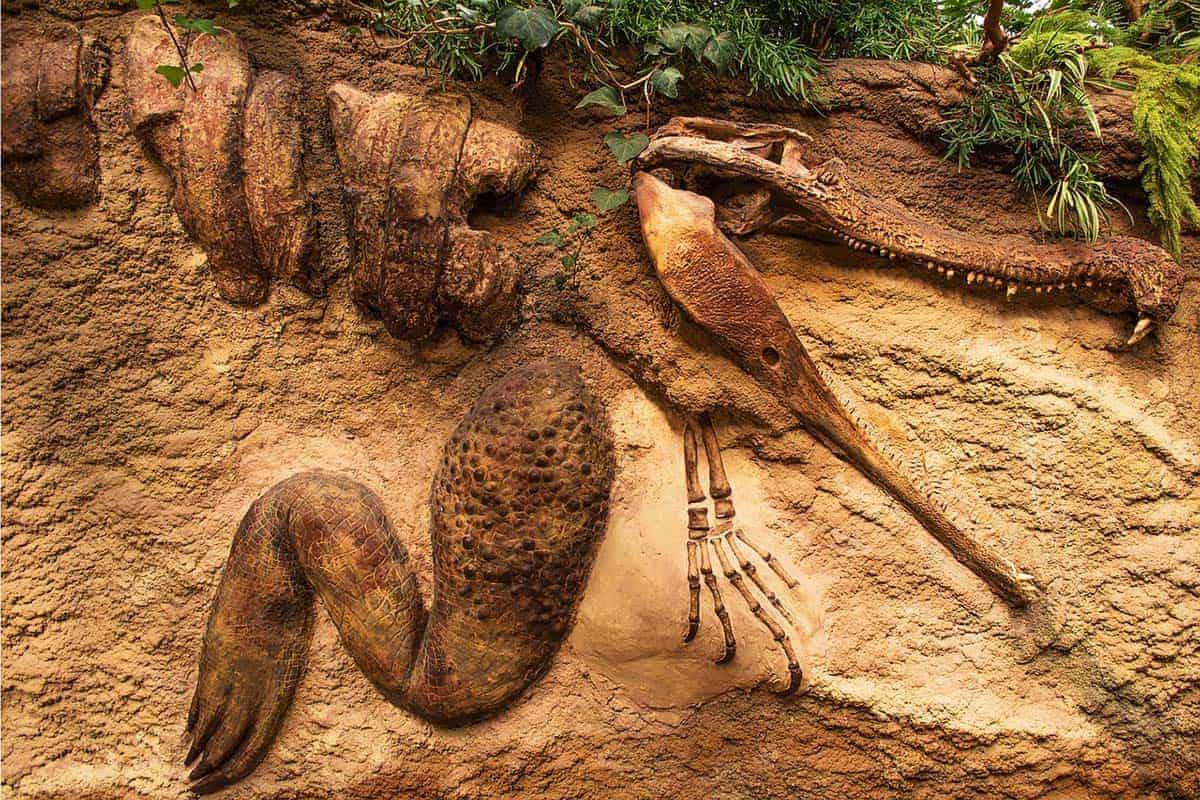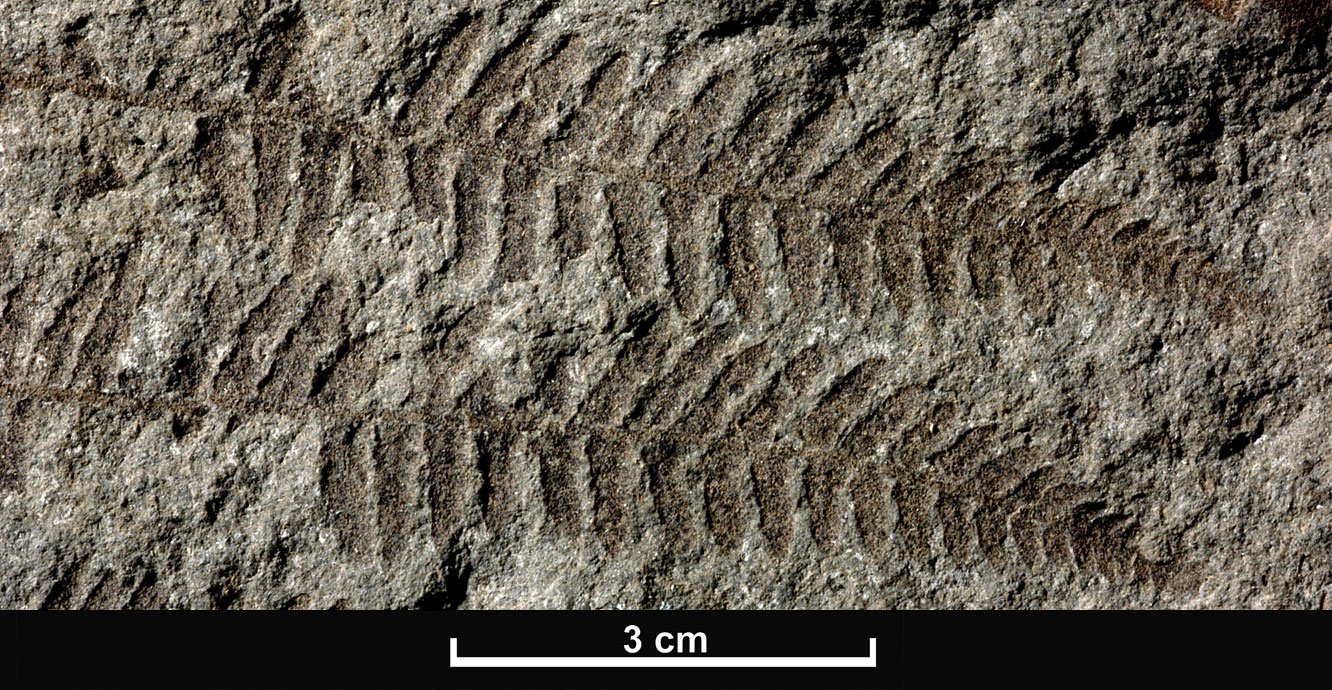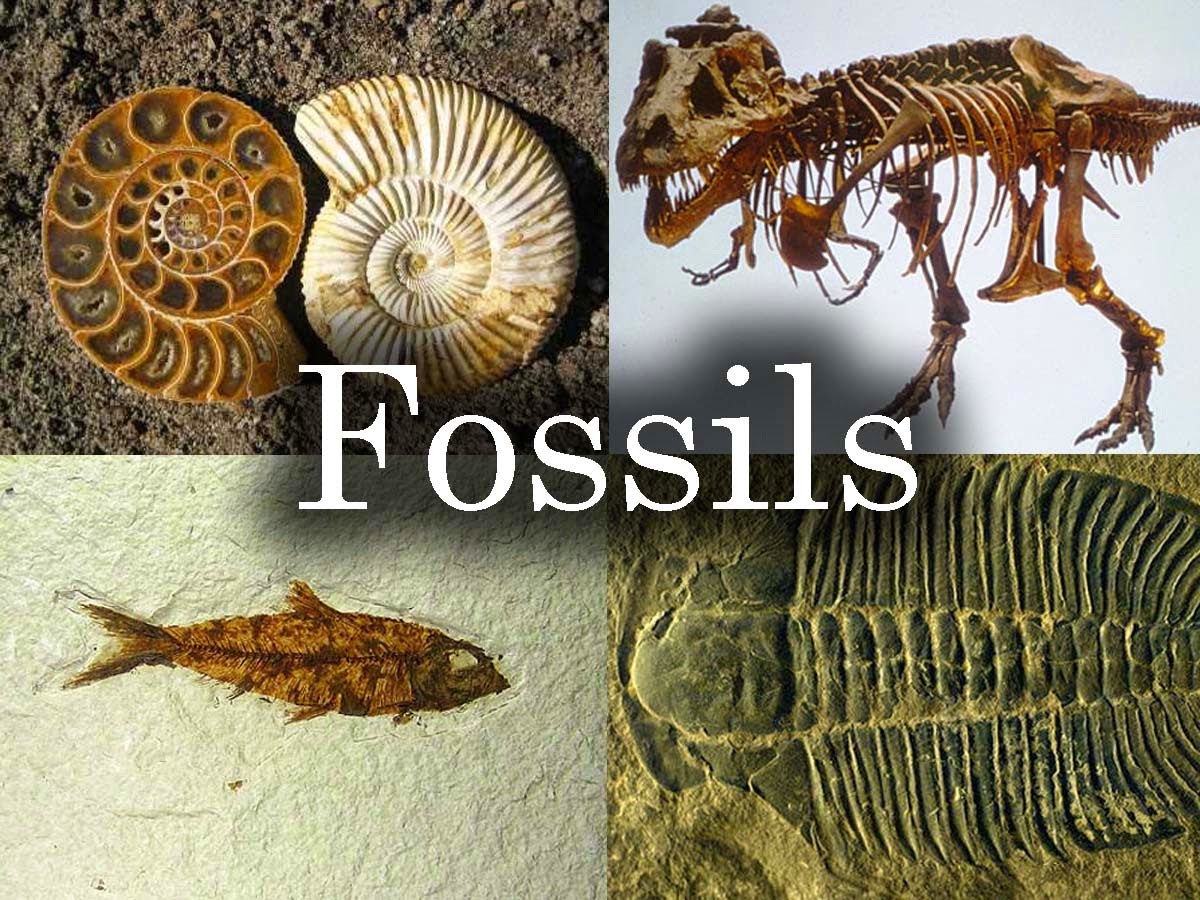Which Type Of Fossils Form From Hardening Sediment
Which Type Of Fossils Form From Hardening Sediment - How is this fossil different from fossils of. Web fossils are formed in many different ways, but most are formed when a living organism (such as a plant or animal) dies and is quickly buried by sediment (such as. Web terms in this set (5) petrified fossils. Web for the love of god please don’t put a random answer i need this grade uhm chile anyways which type of fossils form from hardening sediment? Web what effect does sediment size have on fossils? Web check all that apply. An animal dies in mud, decomposes, and leaves an imprint, which is later filled by sediment to form a solid copy of the original organism. Any naturally occurring evidence of past life. They are formed on or. Sediments coarser than two millimeters are called gravel.
Web an animal dies in mud, decomposes, and leaves an imprint, which is later filled by sediment to form a solid copy of the original organism. Sediments coarser than two millimeters are called gravel. Any naturally occurring evidence of past life. Web the types of fossils form from hardening sediment are casts, molds, and trace fossils. A fossil is the rest or record of an organism where you can see the texture,. Web which type of fossil is formed by sediments and found in sedimentary rock? They are formed on or. Web check all that apply. Web fossils are formed in many different ways, but most are formed when a living organism (such as a plant or animal) dies and is quickly buried by sediment (such as. An animal dies in mud, decomposes, and leaves an imprint, which is later filled by sediment to form a solid copy of the original organism.
Web terms in this set (5) petrified fossils. Fossils need not be mineralized or enclosed in rock. Web for the love of god please don’t put a random answer i need this grade uhm chile anyways which type of fossils form from hardening sediment? How is this fossil different from fossils of. •the word petrified means turning into stone. •petrified fossils form when minerals replace all or part of an organism. Sediments coarser than two millimeters are called gravel. Web encyclopedic entry sedimentary rocks sedimentary rocks are one of three main types of rocks, along with igneous and metamorphic. Web what effect does sediment size have on fossils? Web fossils are formed in many different ways, but most are formed when a living organism (such as a plant or animal) dies and is quickly buried by sediment (such as. Pieces of tissues of plants or.
What Was the Cambrian Explosion? (with picture)
Web an animal dies in mud, decomposes, and leaves an imprint, which is later filled by sediment to form a solid copy of the original organism. Web for the love of god please don’t put a random answer i need this grade uhm chile anyways which type of fossils form from hardening sediment? Web check all that apply. Web fossils.
How did ammonite fossils form? Compound Interest
Web check all that apply. Web terms in this set (5) petrified fossils. A fossil is the rest or record of an organism where you can see the texture,. Fossils need not be mineralized or enclosed in rock. Web for the love of god please don’t put a random answer i need this grade uhm chile anyways which type of.
Why Are Fossils Found In Sedimentary Rocks? Maine News Online
How is this fossil different from fossils of. An animal dies in mud, decomposes, and leaves an imprint, which is later filled by sediment to form a solid copy of the original organism. Fossils need not be mineralized or enclosed in rock. Web which type of fossil is formed by sediments and found in sedimentary rock? Web check all that.
What is a Fossil? (with pictures)
•the word petrified means turning into stone. •petrified fossils form when minerals replace all or part of an organism. How is this fossil different from fossils of. Web check all that apply. They are formed on or. Web what effect does sediment size have on fossils?
What is the Fossil Record? (with pictures)
Sediments coarser than two millimeters are called gravel. Web encyclopedic entry sedimentary rocks sedimentary rocks are one of three main types of rocks, along with igneous and metamorphic. Web fossils are formed in many different ways, but most are formed when a living organism (such as a plant or animal) dies and is quickly buried by sediment (such as. An.
Fossils British Geological Survey
How is this fossil different from fossils of. Web what effect does sediment size have on fossils? Web terms in this set (5) petrified fossils. Mold of a fish petrified wood carbon film of a leaf preserved insect mold of a fish which statement. Web which type of fossil is formed by sediments and found in sedimentary rock?
9 Different Types of Fossils
Web check all that apply. Web fossils are formed in many different ways, but most are formed when a living organism (such as a plant or animal) dies and is quickly buried by sediment (such as. A fossil is the rest or record of an organism where you can see the texture,. Mold of a fish petrified wood carbon film.
Science online The types of the fossils and the ways of formation
Web an animal dies in mud, decomposes, and leaves an imprint, which is later filled by sediment to form a solid copy of the original organism. Pieces of tissues of plants or. •the word petrified means turning into stone. •petrified fossils form when minerals replace all or part of an organism. Web check all that apply. Mold of a fish.
Learning Geology Types of fossils
Sediment ranges in size from large boulders to very fine mud. They are formed on or. Mold of a fish petrified wood carbon film of a leaf preserved insect mold of a fish which statement. How is this fossil different from fossils of. A fossil is the rest or record of an organism where you can see the texture,.
GC2YQ93 L&A Fossils of Amherst Island (Earthcache) in Ontario, Canada
Fossils need not be mineralized or enclosed in rock. A fossil is the rest or record of an organism where you can see the texture,. An animal dies in mud, decomposes, and leaves an imprint, which is later filled by sediment to form a solid copy of the original organism. Web an animal dies in mud, decomposes, and leaves an.
•The Word Petrified Means Turning Into Stone. •Petrified Fossils Form When Minerals Replace All Or Part Of An Organism.
Web the types of fossils form from hardening sediment are casts, molds, and trace fossils. A fossil is the rest or record of an organism where you can see the texture,. Web encyclopedic entry sedimentary rocks sedimentary rocks are one of three main types of rocks, along with igneous and metamorphic. Any naturally occurring evidence of past life.
Web For The Love Of God Please Don’t Put A Random Answer I Need This Grade Uhm Chile Anyways Which Type Of Fossils Form From Hardening Sediment?
Mold of a fish petrified wood carbon film of a leaf preserved insect mold of a fish which statement. Web what effect does sediment size have on fossils? Web which type of fossil is formed by sediments and found in sedimentary rock? Web check all that apply.
Sediments Coarser Than Two Millimeters Are Called Gravel.
Web an animal dies in mud, decomposes, and leaves an imprint, which is later filled by sediment to form a solid copy of the original organism. An animal dies in mud, decomposes, and leaves an imprint, which is later filled by sediment to form a solid copy of the original organism. Pieces of tissues of plants or. How is this fossil different from fossils of.
Web Terms In This Set (5) Petrified Fossils.
Web fossils are formed in many different ways, but most are formed when a living organism (such as a plant or animal) dies and is quickly buried by sediment (such as. Fossils need not be mineralized or enclosed in rock. They are formed on or. Sediment ranges in size from large boulders to very fine mud.









